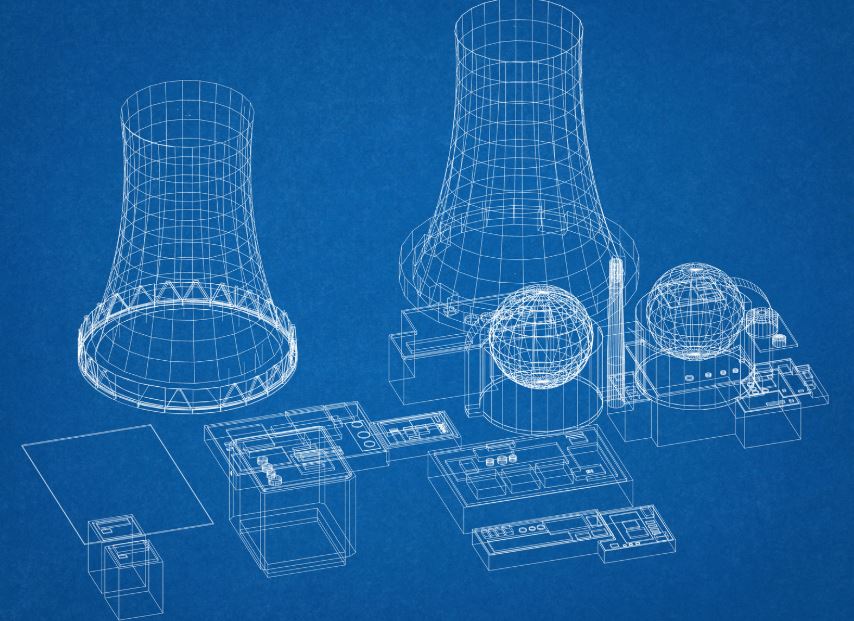Governor Bill Lee’s push for sustainable energy solutions is manifesting through his endorsement of small modular reactors (SMRs) as a key component in Tennessee’s energy future.
SMRs are gaining traction due to their potentially transformative role in the energy sector, offering a middle-ground solution that addresses both energy sustainability and environmental concerns. Market data from World Nuclear Association suggests that SMRs could produce up to 300 MWe per unit, which is substantially lower than traditional nuclear reactors but offers greater flexibility and safety enhancements.
Governor Lee’s initiative comes amid growing recognition of the limitations and environmental costs of traditional fossil fuels. With Tennessee’s energy sector experiencing a 0.5% annual increase in electricity demand, innovative solutions such as SMRs are seen as vital for meeting future energy needs without exacerbating carbon emissions. Industry analysts are cautiously optimistic, with the International Atomic Energy Agency forecasting that global SMR capacity could account for over 20% of new nuclear capacity additions by 2030.
However, the implementation of SMRs is not without its challenges. The Nuclear Regulatory Commission has been meticulous in its approval process, which adds layers of scrutiny to ensure safety and reliability. Moreover, while the upfront capital costs for SMRs can be lower than large-scale nuclear setups, they still require substantial investment, with estimates suggesting that development and deployment per unit could range around $1 billion. This creates a funding challenge that necessitates both public and private investment, alongside federal support to facilitate economic feasibility.
In contrast to these hurdles, SMRs have distinct advantages, notably their scalability and reduced size, which make them suitable for geographic regions with limited grid infrastructure. This characteristic has piqued the interest of policymakers like Governor Lee, who are strategically prioritizing energy diversification and resilience. Additionally, SMRs have the potential to complement renewable energy sources by providing a stable base load power, thereby mitigating the intermittency issues associated with solar and wind energy.
Stay updated on the latest in energy! Follow us on LinkedIn, Facebook, and X for real-time news and insights. Don’t miss out on exclusive interviews and webinars—subscribe to our YouTube channel today! Join our community and be part of the conversation shaping the future of energy.
